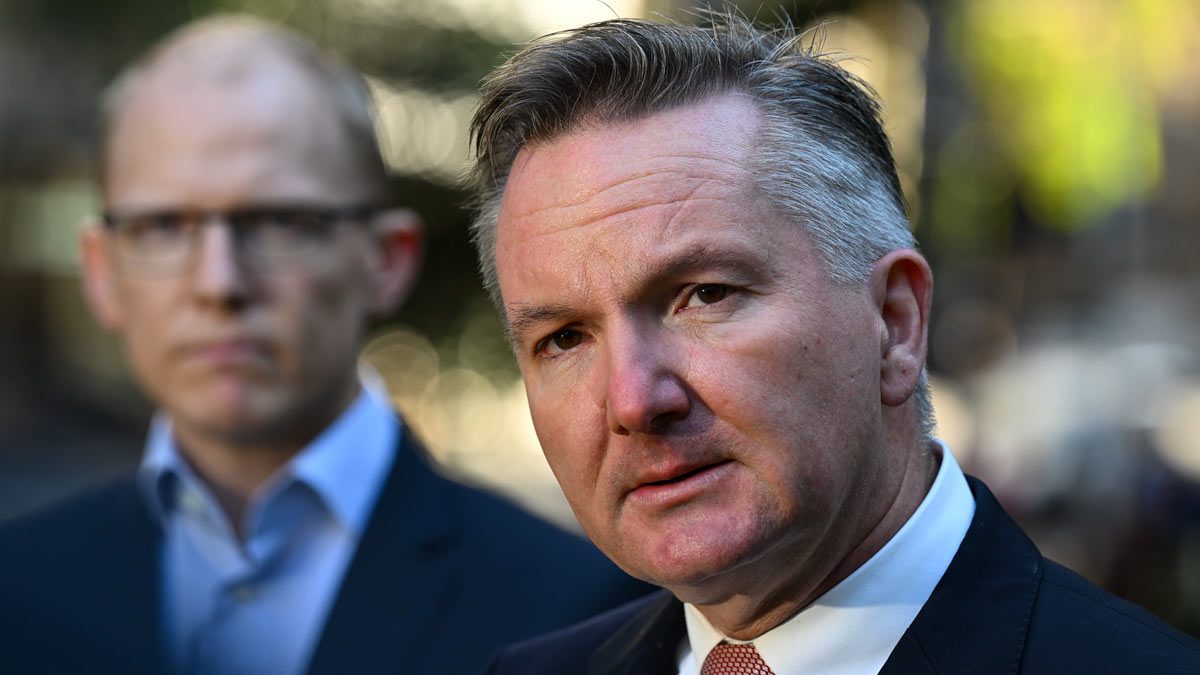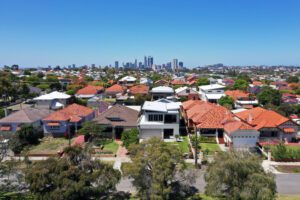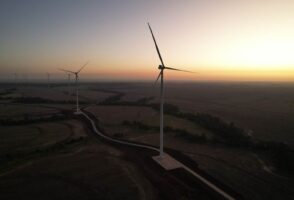Federal climate change and energy minister Chris Bowen wants to press ahead with the introduction of a new capacity mechanism, and is seeking to allay fears it would delay the transition to renewables.
Speaking in Sydney following an announcement that AEMO would soon lift a suspension in trading in the National Electricity Market, Bowen said the new Albanese government was working to accelerate the implementation of a capacity mechanism, and that it was needed to underpin the growth of renewables.
“This is a massive transformation that we need to get cracking on,” Bowen said.
“We need to make faster progress on this transformation of the energy grid, and we need the capacity mechanism to help us do that to provide that safety net underneath as we engage in this very significant transformation to a much more renewable economy, a much more renewable energy system, with much more storage.”
There remain significant concerns among many energy market participants that a capacity mechanism could be counterproductive to efforts to decarbonise the energy system.
When the Energy Security Board first pitched its proposal for a capacity mechanism, most state and territory energy ministers also baulked at the proposal.
This was largely due to an insistence from the former federal energy minister, Angus Taylor, that the mechanism be design to delay the retirement of fossil fuel generators.
At the time, NSW energy minister Matt Kean said he preferred bilateral negotiations between governments and individual generators to manage their phased exit from the generation system.
NSW applied this approach when negotiating an accelerated retirement timeline for Origin Energy’s Eraring power station – with both Origin and the NSW government committing to build new energy storage infrastructure in preparation of Eraring’s closure.
Victorian energy minister Lily D’Ambrosio expressed similar views, as did ACT energy minister Shane Rattenbury, who said that he was “adamantly opposed” to the introduction of new subsidies that would extend the operating life of coal and gas generators.
These concerns have been echoed by industry stakeholders – who labelled the capacity mechanism proposal as a ‘coal keeper’ policy.
Bowen has sought to soothe these concerns by stressing that any new capacity mechanism would need to be consistent with national emissions reduction targets, and that it should prioritise the development of new energy storage technologies, rather than propping up old coal plants.
They suggest alternative mechanisms focusing on availability and flexibility, and says the market needs to be designed that way, while seeking to address the issue of coal closures separately through a series of bonds or reverse auctions if necessary.
Bowen’s says his preferred approach would provide a significant degree of discretion to the State governments, enabling them to choose which technologies were eligible to participate in the capacity mechanism within their respective jurisdiction.
Perhaps unsurprisingly, the new approach seems to have softened the opposition from State governments, which unanimously agreed to allow the Energy Security Board to progressing the mechanism’s design at a recent gathering of Australia’s energy ministers.
“I’ve made clear, and ministers have made clear, we want the capacity mechanism to primarily focus on new technology, storage being prime amongst it,” Bowen said on Wednesday.
“That is what we will deliver. There will be further discussions between me and state ministers, but I’m very confident we’ll deliver a good national framework because we have to be getting on with the job.”
“This transformation, which is so important to the new government’s agenda, is actually also so important to the country.”
Bowen says he remained confident the more ambitious national emissions reduction targets that federal Labor recently signed up to, would still be achieved.
“States have their own targets, which they are all committed to meeting as well, but they’re all – without speaking on their behalf, they are all working very closely with the Federal Government as we seek to implement our own target of 43 per cent,” Bowen said.
“The capacity mechanism which we deliver will be consistent with 43 per cent emissions reduction.”
AEMO CEO Daniel Westerman suggested that a capacity mechanism could help reduce the reoccurrence of the kind of energy market chaos that has recently plagued the National Electricity Market.
“The ESB has provided a series of advice on how the Australian energy market does need to evolve to deal with the energy transition,” Westerman said.
“The capacity market is an important part of that and ensures that we do have sufficient dispatchable capacity on hand at any moment in time. That sort of a mechanism will prevent in future these types of things from happening.”










